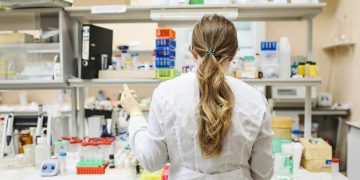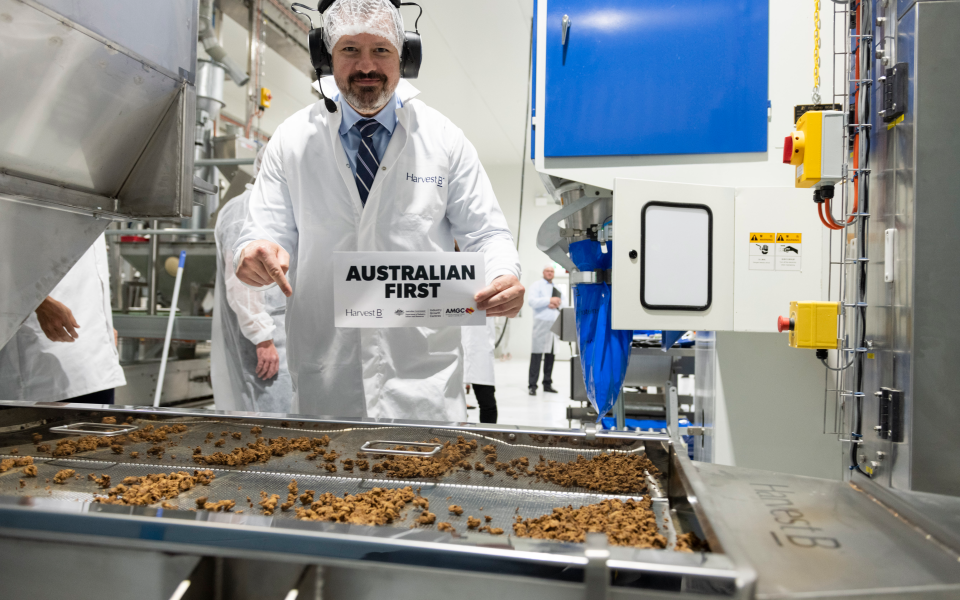In many circles, “biotechnology” is a four-letter word. Whether you’re a Jurassic Park truther, an anti-Monsanto activist, or an anti-Vaxxer, the products of biotechnology—real, live dinosaurs, genetically modified foods, or the COVID-19 vaccine—are modern monsters.
In some ways, that isn’t surprising. Long before Frankenstein’s monster, new technological forms have elicited an almost pious response from critics, who howl about the unnatural, and reiterate Brigadier General Jack D. Ripper’s fears about the state of their “precious bodily fluids.”

In other ways, though, the resistance is a little more puzzling. Biotechnology, and the “bioeconomy”—the products, manufacturing processes, and markets that are based on biological, rather than chemical or physical, advances—is a massive opportunity to combat climate change while producing abundant food, medicine, and more. Opposition from a purely Luddite and anti-technology perspective simply condemns the products and processes of biological advances without rhyme or reason.
But like any technology, its application is political. For the most part, biotechnology has so far been a co-signed product of public research and private companies. To this end, many of the choices around what is produced, how it’s produced, and to whose benefit, have been left up to corporations, inspiring critiques of these technologies from all over the political spectrum.
Fortunately, the federal government might just be willing to take up the mantle of a modern-day Dr. Frankenstein and start wielding its power as an innovator, guarantor, and shepherd of the bioeconomy. Federal government involvement in the bioeconomy can not wish away all the ills of a profit-driven pharmaceutical or food industry, but it can push the industry in the necessary direction for society, as a whole, to benefit.

On September 12, U.S. President Joe Biden signed the “Executive Order on Advancing Biotechnology and Biomanufacturing Innovation for a Sustainable, Safe, and Secure American Bioeconomy.” Although it lacks any concrete action on things like R&D funding or industrial policy support, the order includes clear directives for federal agencies and departments—like the USDA, NSF, and DOE—to come up with strategic plans, draft reports, and prepare regulatory pathways.
The executive order is not the first step the U.S. federal government has tread into the bioeconomy waters. The Obama administration signed a similar executive order in 2015, although with far fewer clear and actionable steps. Similarly, Manufacturing USA, an Obama administration-created initiative to build manufacturing hubs around the U.S., now runs two bioeconomy-related hubs, one in Minnesota and one in New Hampshire.
But Biden’s executive order signals the administration’s intent to lead on many of the technological, industrial, and manufacturing fronts central to the economic success of the United States in the 21st century.

This is exciting for a few reasons. The bioeconomy presents a set of real economic opportunities for overall U.S. economic growth. Today, the U.S. bioeconomy is worth approximately $1 trillion, or about 5% of GDP. Globally, the bioeconomy could reach upwards of $4 trillion by 2040, according to projections done by McKinsey & Company. But, biotechnologies and the manufacturing technologies capable of producing them at scale—in short, biomanufacturing—will also be crucial to achieving a decarbonized economy. This is most evident for agriculture.
You can read the full text on the Genetic Literacy Project
















